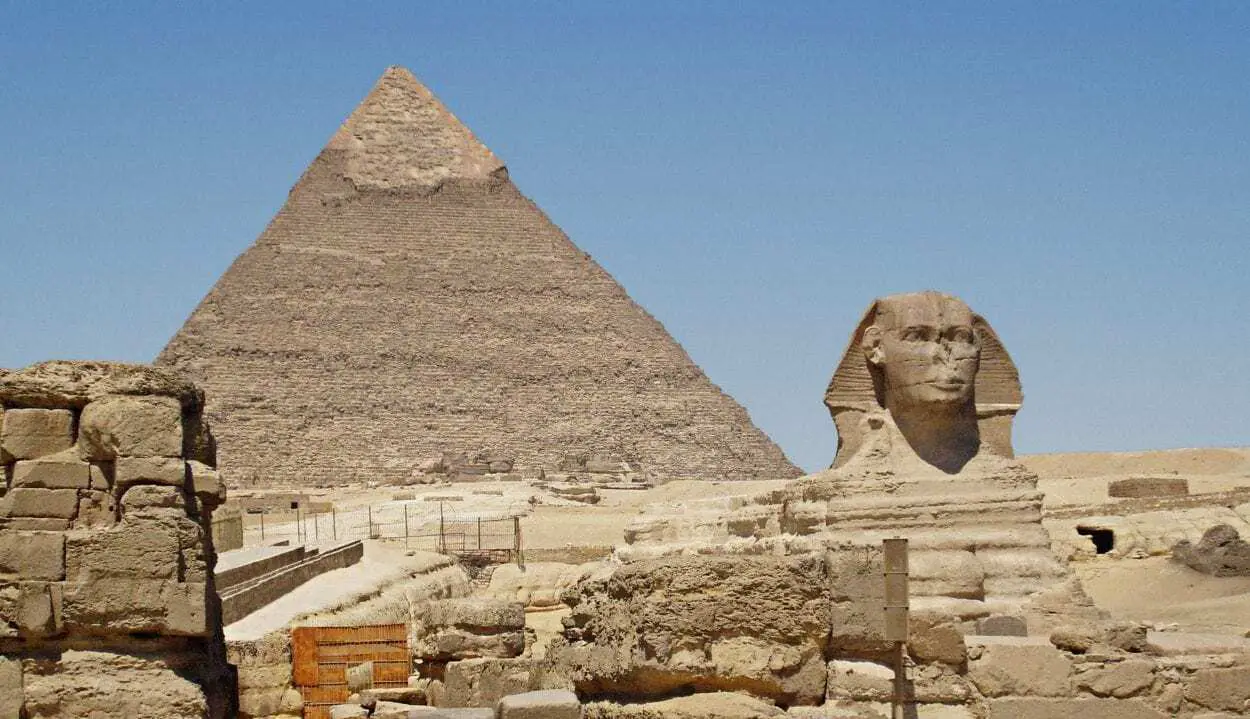You’ve probably heard about the Great Pyramids of Egypt, but they’re just the tip of the architectural iceberg. Ancient Egyptian builders possessed technological capabilities that continue to baffle modern engineers, from impossibly precise stone joints to sophisticated climate control systems in underground tombs. While you’ll find countless theories about how these wonders were achieved, the actual methods remain tantalizingly out of reach. The true mystery lies not in the massive monuments themselves, but in the lost tools and techniques that made such architectural mastery possible. Let’s explore the lesser-known innovations that have vanished into the sands of time.

Precision Engineering in Temple Construction
Ancient Egyptian engineers achieved remarkable structural precision that continues to mystify modern architects and archaeologists. You’ll find incredibly tight stone joints in temple walls, with tolerances under 0.5mm. They’ve created perfectly level foundations across massive temple complexes, using sophisticated plumb bobs and measuring tools. These structures maintain their integrity even after withstanding millennia of earthquakes and climate stresses.
Advanced Ancient Surveying Methods
While modern surveyors rely on GPS and laser technology, Egyptian builders developed sophisticated surveying techniques that achieved remarkable accuracy across vast distances. You’ll find they used plumb bobs, measuring ropes, and wooden stakes to create perfect right angles. They mastered the 3-4-5 triangle principle and implemented a system of ground-based grids to ensure precise structural alignment and level foundations.
Hidden Tomb Ventilation Systems
Inside elaborate Egyptian tombs, intricate networks of air shafts and ventilation channels demonstrate remarkable environmental engineering capabilities. You’ll find precisely angled shafts that utilize thermal convection principles, creating natural airflow patterns. These systems maintain consistent temperatures of 22-24°C and regulate humidity levels at 40%, preserving artifacts and wall paintings while providing breathable air for workers and visitors.
Copper Tools and Stone Mastery
Egyptian craftsmen achieved remarkable precision in stonework using copper-based tools that shouldn’t have been capable of such feats. You’ll find they worked granite and diorite, materials measuring 7-8 on Mohs scale, with copper tools rating only 3.5. They enhanced copper’s effectiveness through work-hardening techniques and likely used abrasive powders like quartz to amplify cutting power against harder stones.
